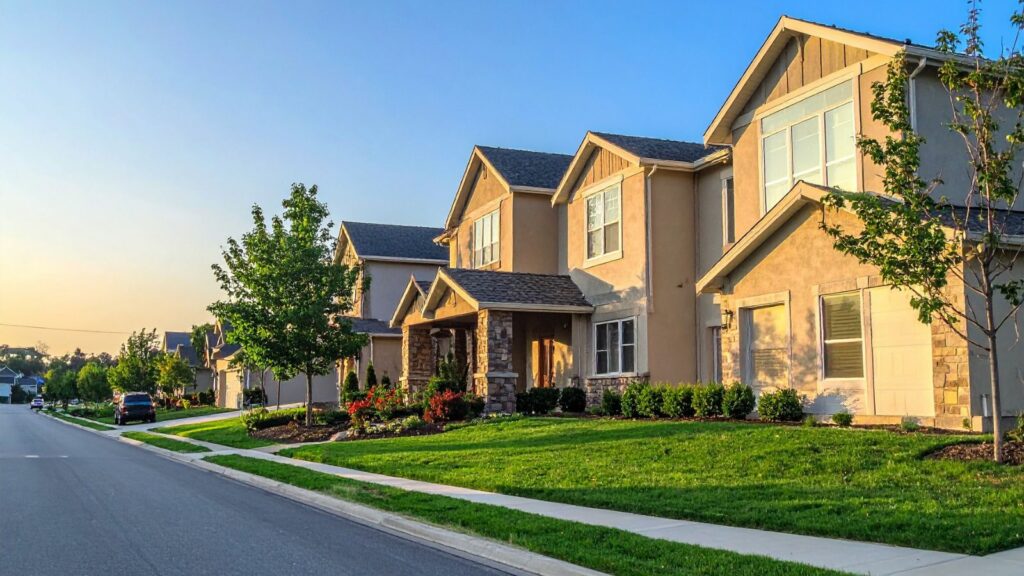The first cold snap of the season always seems to arrive overnight — one moment it’s sweater weather, and the next, your breath fogs up indoors. When temperatures plummet, your home becomes your sanctuary. Preparing ahead of time ensures you’ll stay warm, safe, and energy-efficient no matter how fierce the chill gets.
This guide walks you through essential steps to help you protect your home and family while keeping costs and stress to a minimum.
Seal the Warmth In
A warm home depends on how well it keeps the cold out. Start by inspecting windows and doors for drafts, sealing gaps with weatherstripping or caulk. Small air leaks can account for significant heat loss and higher energy bills over time.
In fact, air leakage accounts for 30% or more of the energy used for heating and cooling in a typical residence, making it one of the biggest sources of wasted energy.
Examine your basement and crawl spaces for drafts, as even the smallest cracks can let in cold air. While you’re inspecting your basement for gaps and cracks, consider organizing your storage areas to ensure easy access to winter supplies and emergency equipment.
Adding insulation to attics, walls, and floors can further trap heat inside and make your home feel cozier during freezing nights.
Prep Your Heating System Early
Once your home is sealed tight, it’s time to make sure your heating system can keep up with the season ahead. Scheduling maintenance early keeps your furnace efficient and prevents surprise breakdowns when you need heat most.
Book a professional inspection to clean burners, test ignition, and ensure proper airflow. Replace your HVAC filters at least every three months—dirty filters reduce efficiency and increase fire risk. Examine ductwork for gaps or leaks; sealed ducts can improve heating efficiency by as much as 20%.
If your furnace struggles to maintain warmth or your system is more than 15 years old, consider an upgrade. Modern systems are significantly more energy-efficient, and new HVAC system financing options can make replacements more affordable.
These programs help you spread out costs with low-interest or no-interest payment plans, so you can keep your home warm without straining your budget.
Upgrading early also reduces energy waste and carbon emissions, aligning with current EPA energy efficiency standards. By acting before winter peaks, you’ll enjoy steady, safe heat when the first real cold snap hits.

Smart Thermostat & Energy-Saving Tips
Efficient heating doesn’t just depend on your furnace — how you control it matters too. A smart thermostat helps you balance comfort and energy use automatically.
Install a smart thermostat that learns your schedule and adjusts heating patterns while you’re asleep or away. According to the U.S. Department of Energy, properly programmed thermostats can reduce energy bills by up to 10% annually. Set your temperature around 68 °F while awake and slightly lower at night or when you’re out.
Running a furnace at higher temperatures can lead to lower indoor humidity levels, which may cause discomfort such as dry skin and irritation of the sinuses. For optimal comfort and health, maintain indoor humidity between 30% and 50%.
You can also:
- Reverse ceiling fans to circulate warm air downward.
- Keep interior doors open to promote airflow.
- Close blinds and curtains at night to prevent heat loss.
- Layer up with warm clothes before raising the thermostat.
Cozy Comfort Upgrades
Beyond the essentials, a few small changes can make your home feel even more welcoming during cold weather. Start with soft furnishings—plush throws, thick rugs, and heavier curtains add warmth and texture to any room.
Keep winter accessories like blankets, throws, and extra bedding neatly organized and easily accessible with smart storage solutions.
You can also add energy-efficient lighting with warm tones or candles (real or battery-operated) to create a relaxing atmosphere on long, chilly nights. Even switching to flannel sheets or layered bedding makes a noticeable difference in how cozy your home feels.
Cold-Weather Safety Checks
Cold temperatures can impact both your home and your well-being, so it’s important to perform regular safety checks throughout the season. According to the Centers for Disease Control and Prevention, practicing safe heating habits and staying aware of cold-related risks can help you avoid serious problems.
Begin indoors by checking your heating system, fireplace, and space heaters to make sure they’re working safely and efficiently. Keep anything that generates heat at least three feet away from flammable materials, and install carbon monoxide detectors on every floor. Let faucets drip slightly and open cabinet doors to keep pipes from freezing.
Outside, clear snow and ice from walkways and driveways, use sand or salt to prevent slips, and dress in layers to stay warm.
Conclusion
When the chill settles in, your comfort depends on how well you’ve prepared. By sealing up drafts, tuning your heating system, and using energy wisely, you’ll keep your home warm without driving up the bills. Add cozy touches that make each room inviting, and keep up with simple safety checks to protect your space.
With a little planning, you can relax, sip something warm, and enjoy the season knowing your home is ready for the cold ahead.

